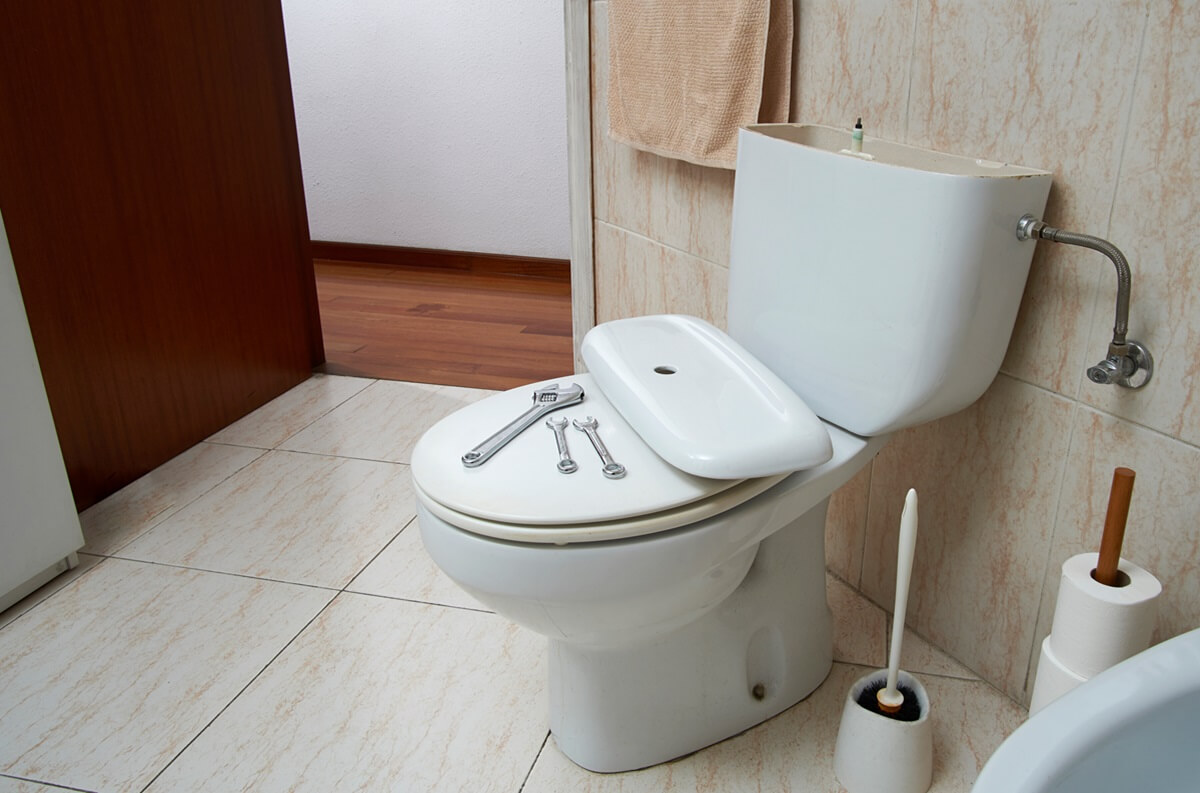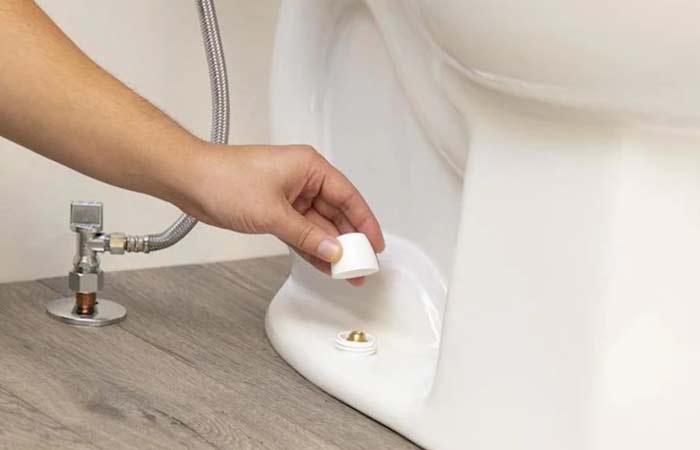When it comes to maintaining a beautiful and functional bathroom, the importance of using quality bathroom tile sealant cannot be overstated. This essential product not only enhances the aesthetic appeal of your space but also serves as a crucial barrier against moisture and water damage. Industrial engineers, in particular, will appreciate the technical aspects involved in selecting and applying the right sealant to ensure long-lasting results. In this article, well dive into the world of bathroom tile sealants, exploring their types, application techniques, and maintenance tips.

Understanding Tile Sealants
What is a Bathroom Tile Sealant?
A tile sealant is a protective layer applied to tiles and grout, preventing water from seeping into the porous surfaces. This is especially important in bathrooms where constant exposure to water can lead to mold, mildew, and structural damage. By applying a sealant, you not only protect your investment but also maintain a healthier and more hygienic environment.
Why Use Sealants in Bathrooms?
Bathrooms are exposed to high levels of humidity and water splashes, making them prone to damage. Using a tile sealant helps prevent water from penetrating the tiles and grout, reducing the likelihood of mold growth and prolonging the life of your bathroom surfaces. Moreover, sealants enhance the appearance of tiles by giving them a polished finish.
Types of Bathroom Tile Sealants
Penetrating Sealants
Penetrating sealants are absorbed into the pores of the tiles and grout, creating a protective barrier beneath the surface. These sealants are ideal for natural stone tiles and provide a natural look without altering the tile’s appearance. They are highly effective in repelling water and stains.
Surface Sealants
Surface sealants form a protective layer on top of the tiles and grout. They are suitable for glazed tiles and provide a glossy finish. While they may require more frequent reapplication compared to penetrating sealants, they offer excellent protection against water and dirt.
Choosing the Right Sealant
Factors to Consider
When selecting a bathroom tile sealant, consider factors such as tile material, location, and expected exposure to water. For instance, a high-moisture area like a shower will benefit from a more durable sealant. Additionally, consider the aesthetic impact of the sealant, as some may alter the tile’s appearance.
Application Techniques
Preparing the Surface
Before applying the sealant, ensure that the tiles and grout are clean and dry. This step is crucial as any dirt or moisture can prevent the sealant from adhering properly. Use a mild detergent and a scrub brush to clean the area, followed by a thorough rinse and drying period.
Applying the Sealant
Use a paintbrush or roller to apply the sealant evenly across the tiles and grout. Be sure to follow the manufacturer’s instructions regarding application techniques and drying times. It’s important to apply the sealant in thin, even coats to avoid drips and pooling.
Maintenance and Reapplication
Regular Inspections
Regularly inspect the sealed surfaces for signs of wear or damage. Look for areas where water may be seeping through or where the sealant appears to be wearing off. Address any issues promptly to prevent further damage.
Reapplying the Sealant
Over time, sealants may wear off and require reapplication. The frequency of reapplication depends on factors such as the type of sealant used and the level of exposure to moisture. Generally, reapplication is recommended every 1-3 years.
Common Mistakes to Avoid
Skipping the Cleaning Step
One of the most common mistakes is applying sealant to a dirty surface. This can lead to poor adhesion and reduced effectiveness. Always clean the tiles and grout thoroughly before sealing.
Applying Too Much Sealant
Using too much sealant can result in drips and an uneven finish. Always apply sealant in thin layers and allow each layer to dry completely before applying the next.
Benefits of Using Sealants
Using a bathroom tile sealant offers numerous benefits, including increased durability, enhanced appearance, and protection against water damage. By investing in a quality sealant, you can extend the life of your bathroom surfaces and maintain their beauty for years to come.
FAQs
How often should I reapply sealant?
Reapplication depends on the type of sealant and the level of exposure to moisture. Typically, it’s recommended every 1-3 years.
Can I apply sealant myself?
Yes, applying sealant is a straightforward process that can be done as a DIY project. Just be sure to follow the manufacturer’s instructions carefully.
What should I do if I notice mold growth?
If you notice mold growth, clean the area thoroughly and consider reapplying sealant to prevent further issues.

Conclusion
In conclusion, using the right bathroom tile sealant is crucial for maintaining a beautiful and functional bathroom. By understanding the different types of sealants and following proper application and maintenance techniques, you can protect your investment and enjoy a pristine bathroom for years to come. For more information on preventing water damage in bathrooms, visit Modernize.
This article contains affiliate links. We may earn a commission at no extra cost to you.



